This week she talks about the recent conflict in the nation's capital between the group of boys from Covington Catholic High School (CCSH) and several groups of protesters in Washington D. C.
During my years as a high school teacher I took several groups of students to Washington D. C. for various programs. I would have been horrified if any group would have drawn attention to themselves in manner similar to what I observed through various media sources. I have several questions: Where were the adults? If they are proud of their school why not school hats? What was the real purpose of the trip?
| I happened to be in Washington D. C. with students on the 25th anniversary of the assassination of John F. Kennedy. We had some free time in the schedule and I mentioned that I would be going to the grave site. It was early in the morning and several students elected to go with me. I wish there would have been social media on that day. They were somber, reflective, respectful, and full of questions about a President that they really didn't know well and they asked me to share my memories. I was eight years old when it happened and lived in El Paso, TX. It is a vivid memory. I made a scrap book for a cub scout project. I still have it and all of my children took it to school over the years for a 'show and tell' project. From time to time I still look through it and pause at the image of John John saluting his father's casket. There are so many markers of history in Washington D. C. that help us reflect on citizenship, sacrifice, and service. These monuments, in my opinion, should be the focus of students' visit to the nation's capital--lest we forget. |
I hope I haven't distracted from Gretchen's message. This is blog, after all, that is supposed to be about using YA to teach in a variety of ways. It is your turn, Gretchen.
Teaching the Angry--or Peaceful--Mob with YA Literature by Gretchen Rumohr-Voskuil
In my own classroom, I’d start with science and encourage my students to explore psychological reasons why people follow the crowd as well as reasons why people cyberbully, helping them to consider ways they had personally been swept into a crowd’s fancies. We’d think about implications while reading and discussing how social media--and its accompanying crowd--could encourage activism.
I’d also have students read more about the rhetoric of Covington. For example, this essay prioritizes logos over pathos when considering the debate. This essay considers Covington in regard to collective responsibility and action, and this essay remarks on how the social media mob mentality plays a part. The issue of media representation is explored with this essay from The Atlantic. After reading and analyzing essays like these, I would assign summary/response essays in the effort to help students understand others’ views and then respond in logical, well-organized ways. Learning more about human psychology, its applications, and how writers situate their arguments in response would help my students think more critically about their own positions as well as their abilities to effect social change.
Taking this one step further, my students would be challenged to think about the purposes of different groups and their representatives: In what ways is the Covington group--and its members--advocating for justice? In what ways is the group taking responsibility for its overall impact, despite what they insist is innocent intent? How do we make sense of these ideas from watching media clips and abridged interviews? How do we triangulate our data in order to arrive at truth? Finally, how does this group differ from other student groups, their representatives, and their political momentum such as the Parkland teens?
When we read young adult literature, we are offered new perspectives on the mob mentality. We ask: How does psychology play a part in a character’s willingness to be swayed by the crowd? How does the crowd help? How does it hurt? Who is missing from the crowd, and why? How is social media represented in the text? How might the story/advocacy/crowd develop with/without it?
An angry crowd advocates for equality:
Oshiro’s Anger is a Gift explores media vilification as well as ways that a student population can take a stand against unjust policies. In All American Boys, Reynold and Kiely explore how social media, honest conversation, and nonviolent protests can bring about individual and collective change, especially in regard to police brutality. And the oft-recommended The Hate U Give culminates with the protagonist’s self advocacy at a powerful protest.
The March Trilogy is a series of graphic novels that tell the story of John Lewis and his nonviolent protests during the civil rights movement. Perez’s Printz-winning Out of Darkness explores racial boundaries--and resulting mobs--related to the 1937 New London, Texas explosion. Paul Binford shared Roll of Thunder, Hear my Cry as a possibility a few weeks ago, but it is too good not to share again; I will never forget the terror I felt, and the power I finally understood, when Taylor described the lynch mob after TJ.
The Parkland teens have re-ignited our recognition of what a group of young people can do. We Say #NeverAgain, #NeverAgain, and Parkland Speaks are great additions to the classroom library, sure to spark conversation about anger and advocacy.












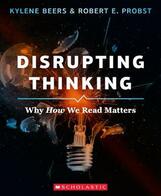

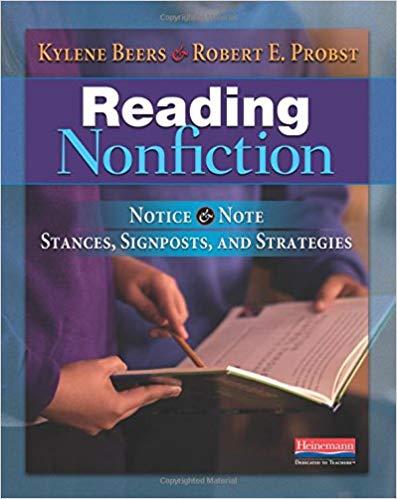























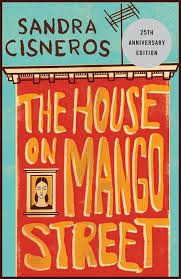

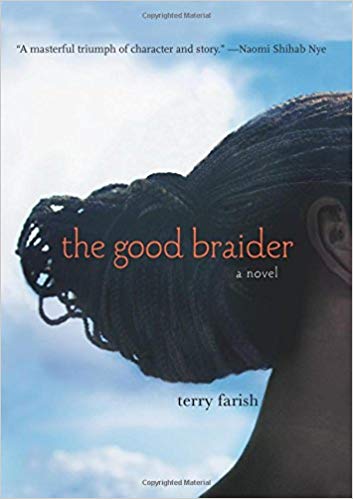





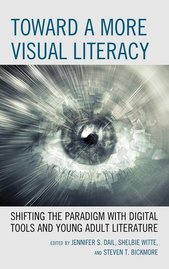




 RSS Feed
RSS Feed